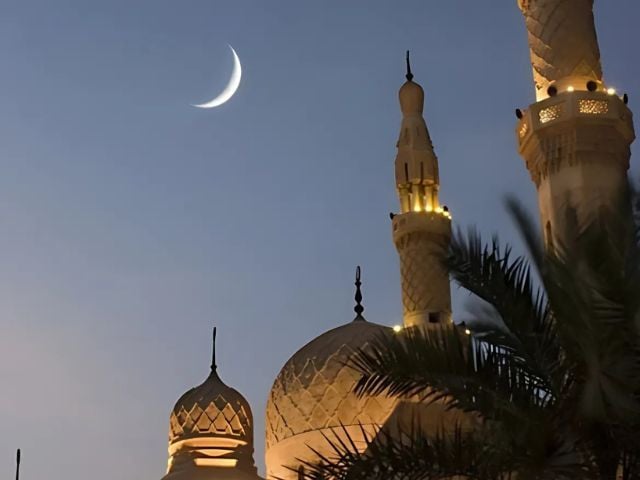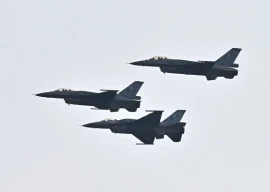
In just a few years, Muslims around the world will witness a rare event the occurrence of two Ramadans in a single calendar year. According to astronomical calculations, this phenomenon is set to take place in 2030, when the lunar year will be 10-12 days shorter than the solar year.
Typically, the Islamic month of Ramadan moves ahead by approximately 10 to 11 days each year due to the nature of the lunar calendar.
As a result, in 2030, the first Ramadan is expected to begin on January 4, followed by another on December 26. This means that Muslims will observe 36 fasting days in that year.
This occurrence happens once every 33 years, with the last instance of two Ramadans in one year being in 1997. After 2030, this rare occurrence will not happen again until 2063.
Hasan Ahmad Al-Hariri, CEO of an astronomical group in Dubai, confirmed this event, noting that it is not unusual for the Islamic lunar months to fall twice in a calendar year, as they shift by approximately 10-11 days each year.
Earlier, the federal government decided to hold the Central Ruet-e-Hilal Committee meeting in Peshawar on February 28, 2025, to ensure a unified start to Ramadan across Pakistan.
The committee, led by Maulana Abdul Khabir Azad, would make the final moon sighting decision. Historically, moon sightings have caused discrepancies in Ramadan dates, especially in Khyber Pakhtunkhwa.
Meanwhile, Lahore planned to open 10 model bazaars for Ramadan, offering discounted goods under the district administration’s supervision, with special counters for women and senior citizens to enhance shopping convenience.



























COMMENTS
Comments are moderated and generally will be posted if they are on-topic and not abusive.
For more information, please see our Comments FAQ